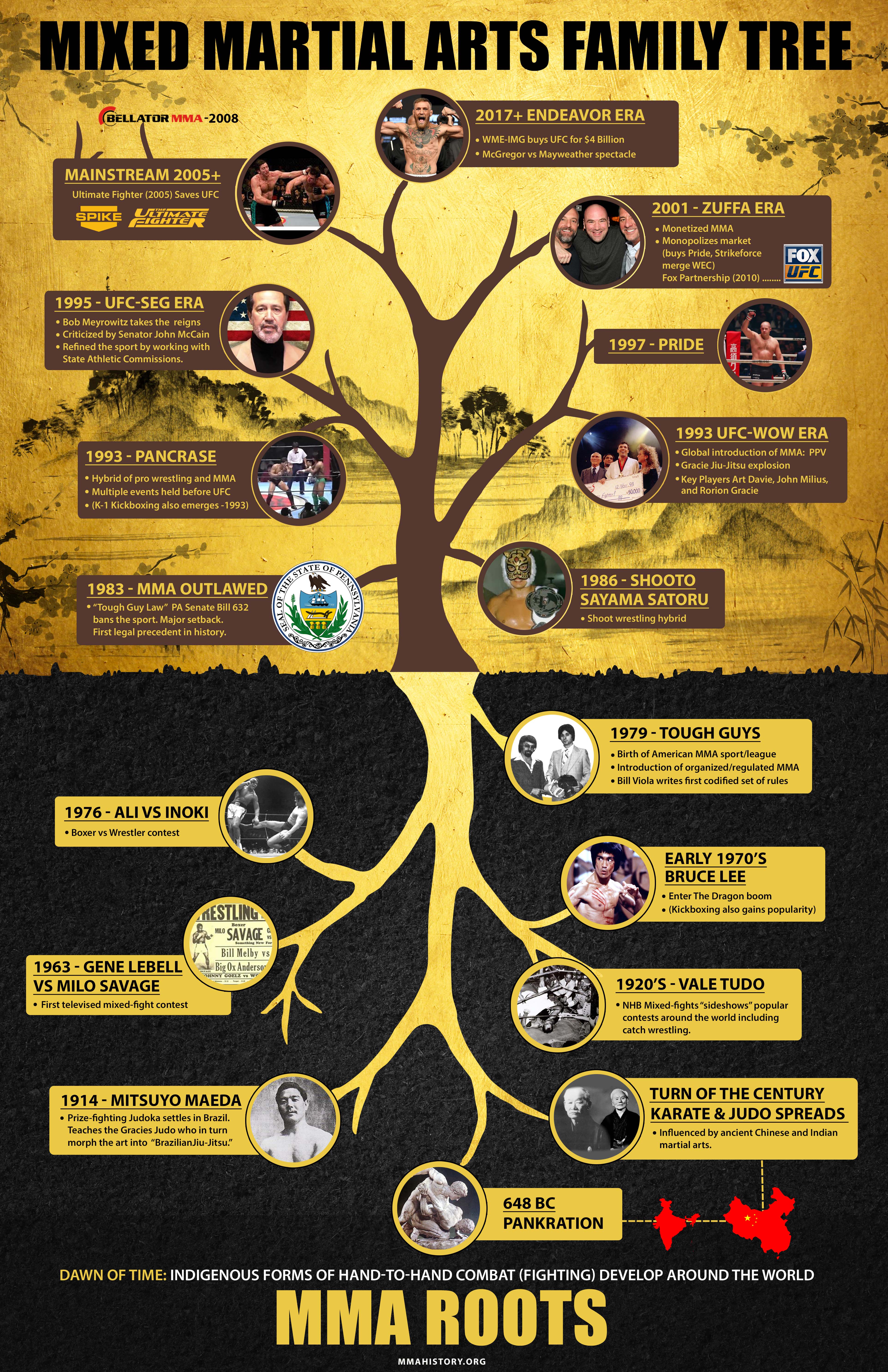Taekwondo Forms: Comprehending The Basics And Their Value
Taekwondo Forms: Comprehending The Basics And Their Value
Blog Article
Content Writer-Stein Goode
Did you know that there are over 20 various taekwondo kinds, each with its own distinct series of activities and strategies? These forms, likewise referred to as poomsae, play a vital duty in the practice and advancement of taekwondo professionals.
But just what are these forms, and why are they so substantial? In this discussion, we will certainly explore the fundamentals of taekwondo types, their beginnings, and the key elements that make them an essential part of this fighting style.
Whether you're a novice or a skilled expert, recognizing the value of taekwondo forms will certainly grow your admiration for this ancient method and boost your journey towards proficiency.
Beginnings and Advancement
The beginnings and development of Taekwondo can be mapped back to old fighting styles techniques in Korea. It was developed over 2,000 years earlier and has actually given that become a preferred and globally recognized sport.
Taekwondo was heavily influenced by numerous Korean martial arts designs, such as Taekkyon and Subak, along with Chinese martial arts. It was at first used as a way of protection, but with time, it developed right into a competitive sporting activity that concentrates on striking techniques and high kicks.
In the 20th century, Taekwondo underwent a considerable transformation and was standard right into its modern kind. The Korea Taekwondo Organization played a critical role in this procedure, aiding to develop regulations, strategies, and develops that are still adhered to today.
Crucial Element and Strategies
Now let's explore the essential facets and strategies of Taekwondo. To completely understand the crucial elements and strategies, it is necessary to delve much deeper into the adhering to subtopics:
- Stances: Taekwondo stresses the right use stances, such as the front position, back stance, and horse stance. These positions provide stability, balance, and power in implementing various strategies.
- https://www.koreaherald.com/view.php?ud=20220317000522 and Kicks: Taekwondo is renowned for its powerful and vibrant kicks, consisting of the front kick, roundhouse kick, and side kick. Strikes, such as punches and knifehand strikes, are also essential strategies in Taekwondo.
- Blocks and Defense: Efficient protection is crucial in Taekwondo. Blocks, such as the high block and reduced block, are utilized to safeguard against inbound strikes. Appropriate timing and positioning are key to successfully safeguarding oneself.
Advantages and Impact
One of the considerable benefits of practicing Taekwondo is the enhancement of fitness and general well-being. By engaging in normal training sessions, you can enhance your cardiovascular health and wellness, stamina, adaptability, and endurance. Taekwondo entails a range of motions that target different muscle mass teams, helping you develop a strong and toned body.
Furthermore, this martial art promotes mental well-being by reducing stress and anxiousness levels. The self-control and emphasis required in practicing Taekwondo can help boost your concentration and enhance your ability to handle difficult scenarios.
Moreover, the technique of Taekwondo instills a feeling of self-confidence, self-discipline, and self-control, which can favorably influence numerous areas of your life. Overall, practicing Taekwondo can cause a healthier and extra well balanced way of living.
Final thought
So there you have it! Taekwondo types aren't just mere regimens, but a depiction of the abundant history and evolution of this fighting style. By grasping the crucial elements and methods, practitioners can reap numerous physical and mental benefits.
From boosted martial arts near me and strength to boosted emphasis and technique, taekwondo types have a long-term impact on those who practice them.
So, whether you're a novice or a skilled martial musician, accept the power of these forms and let them take you on a journey via time.
